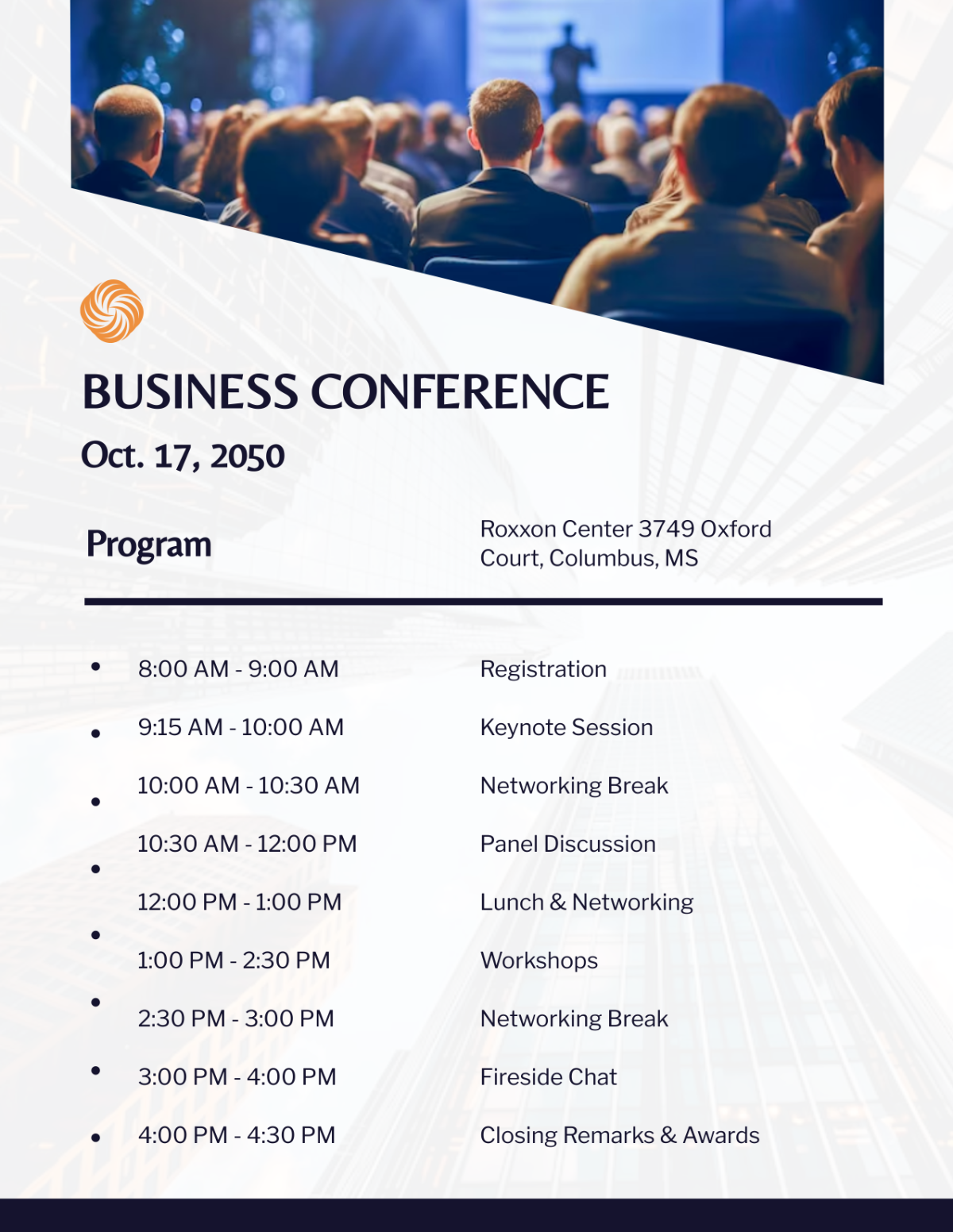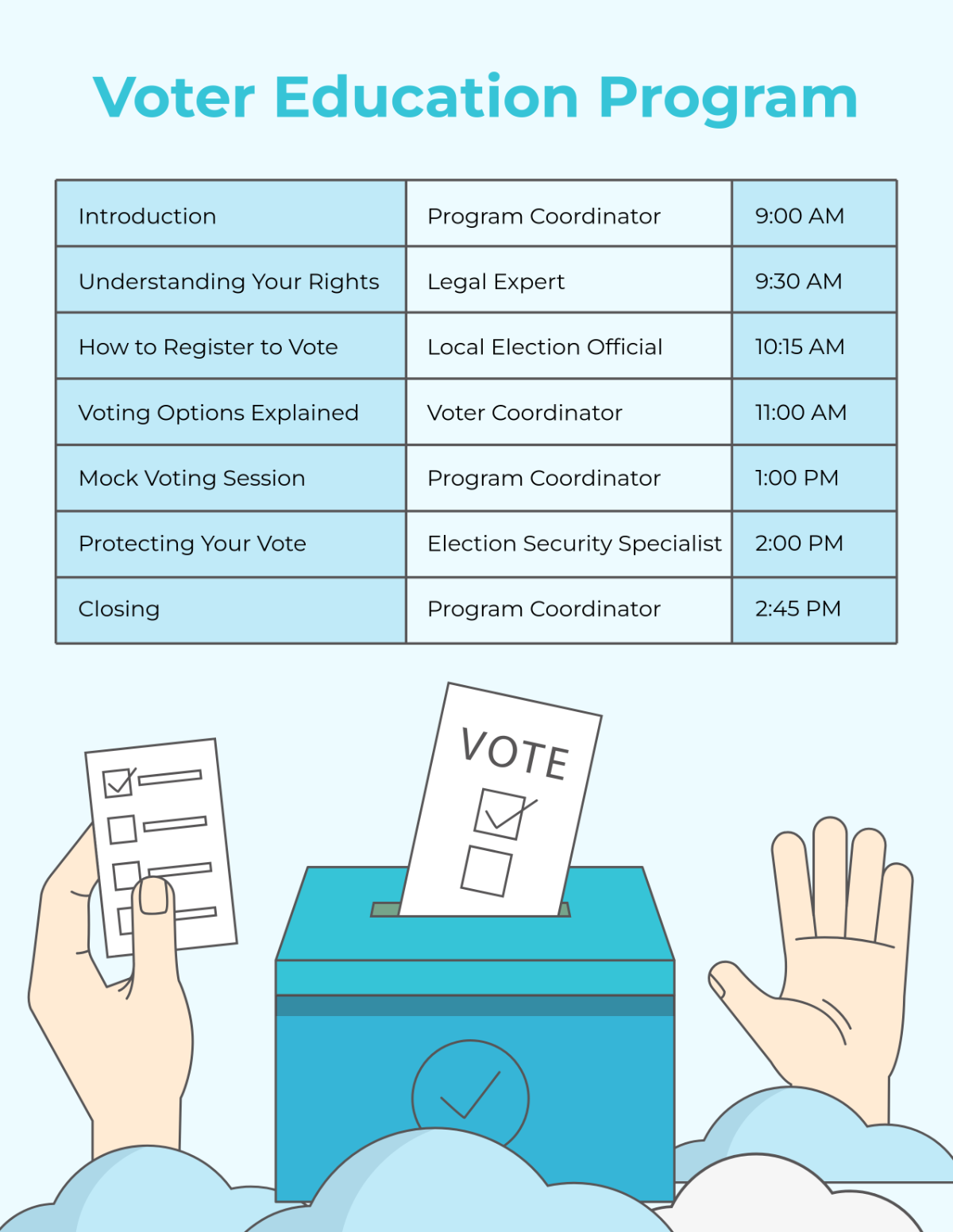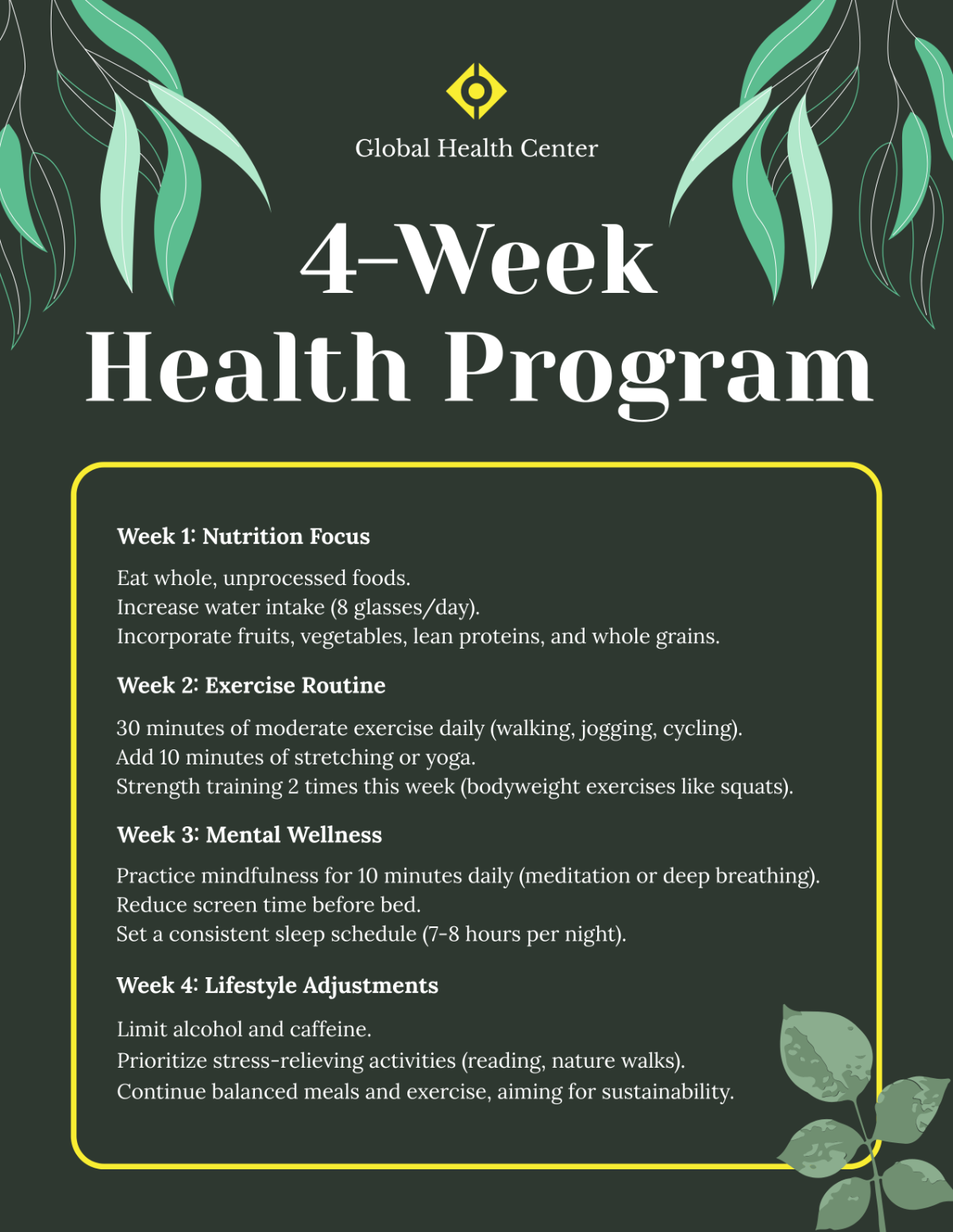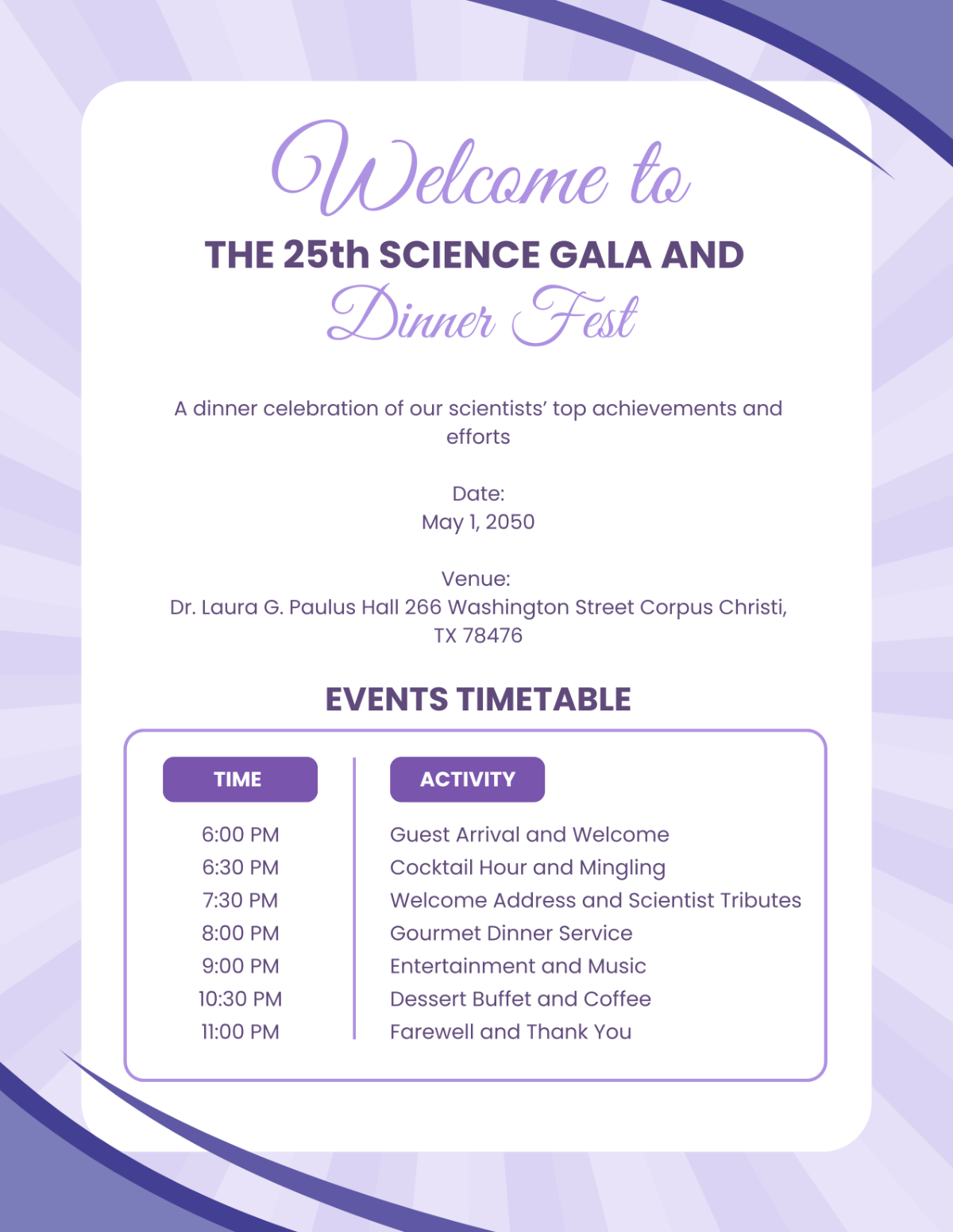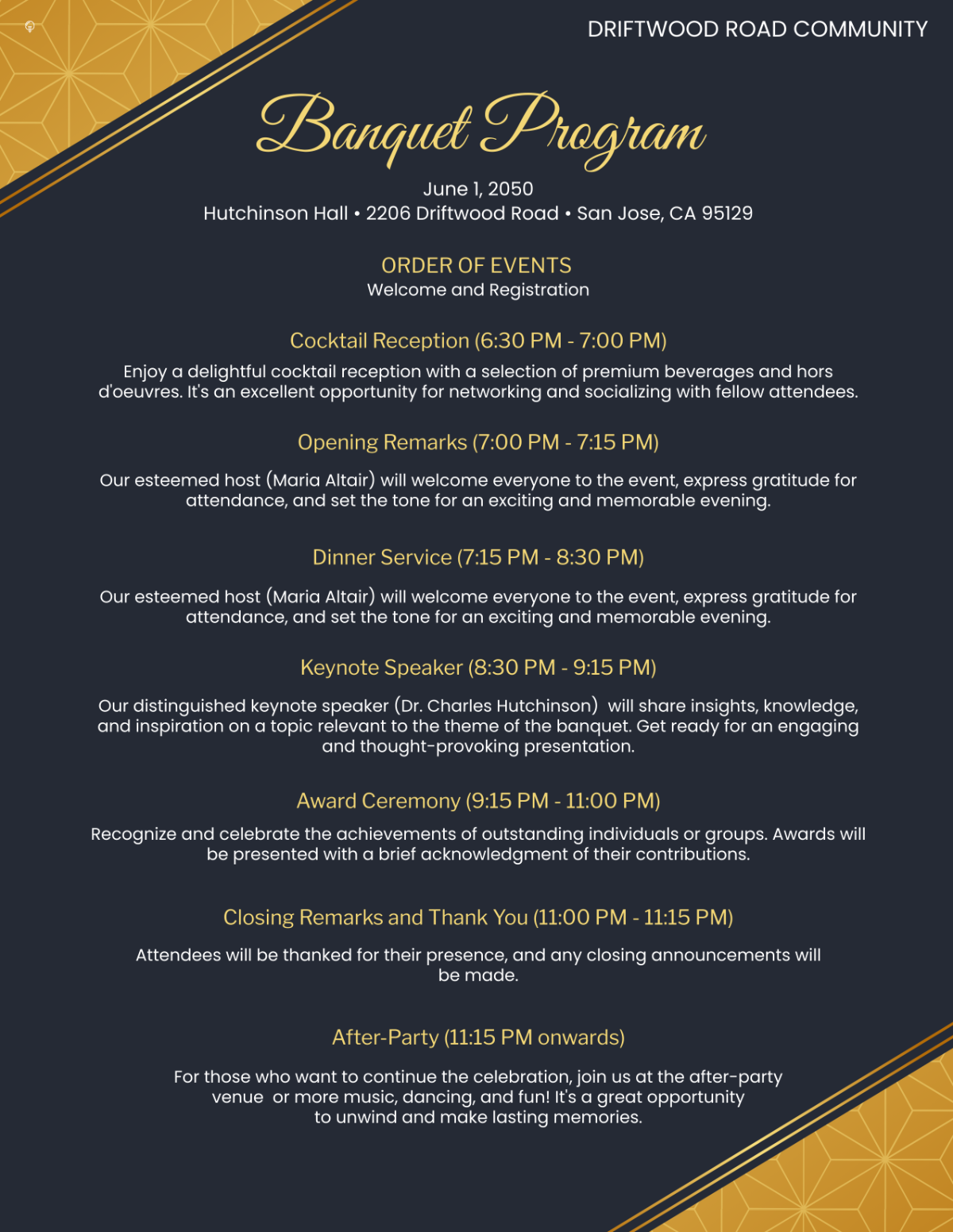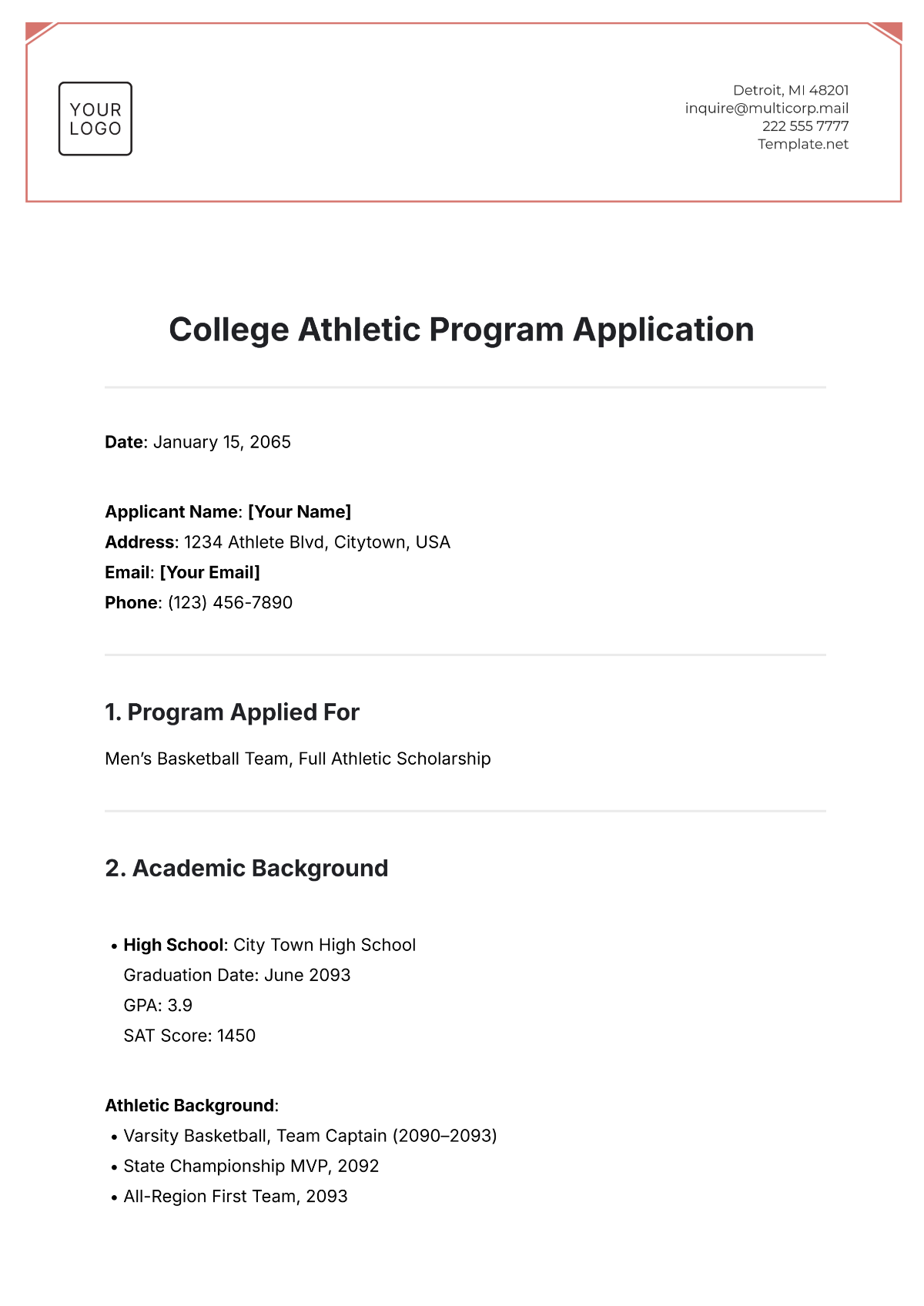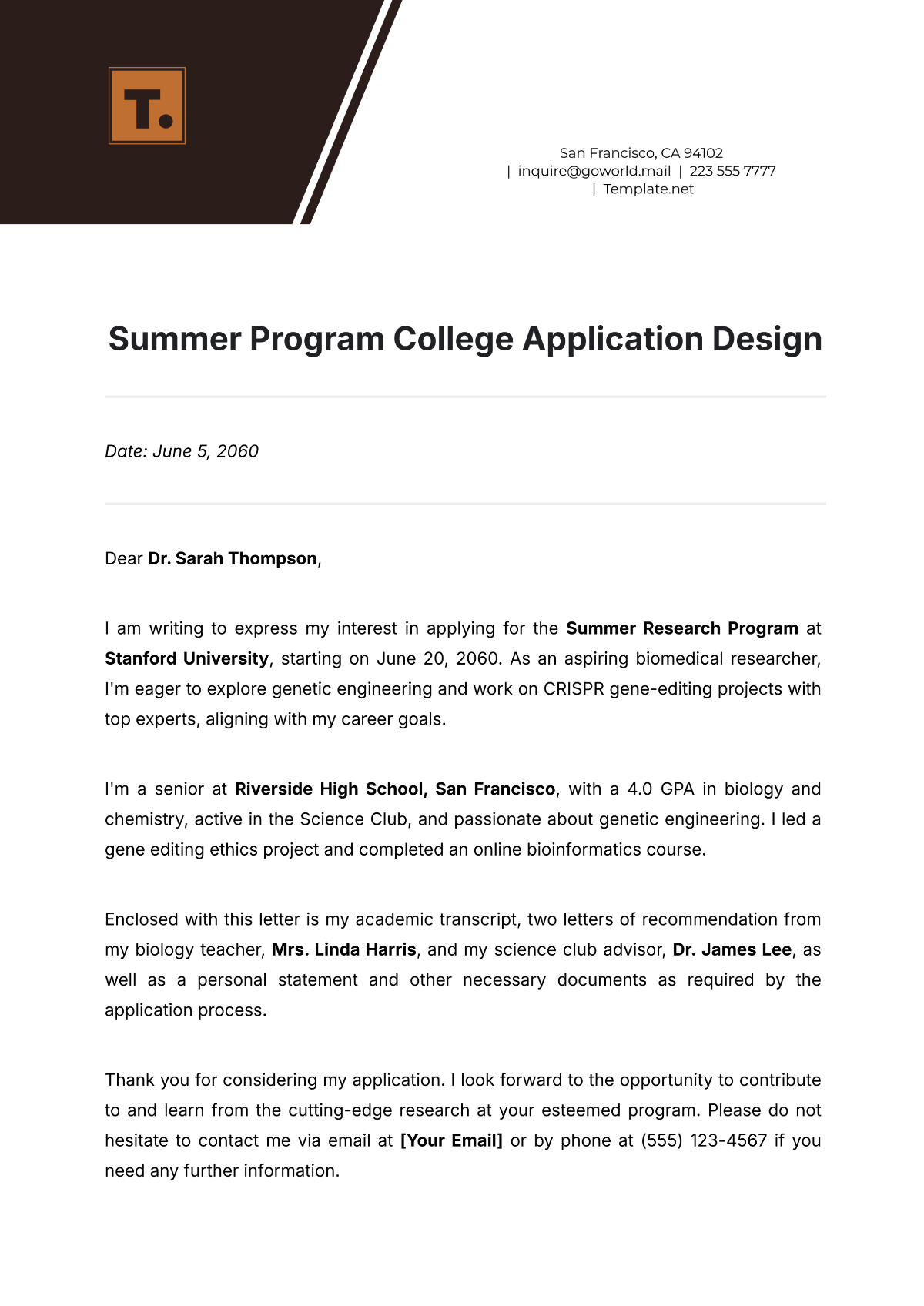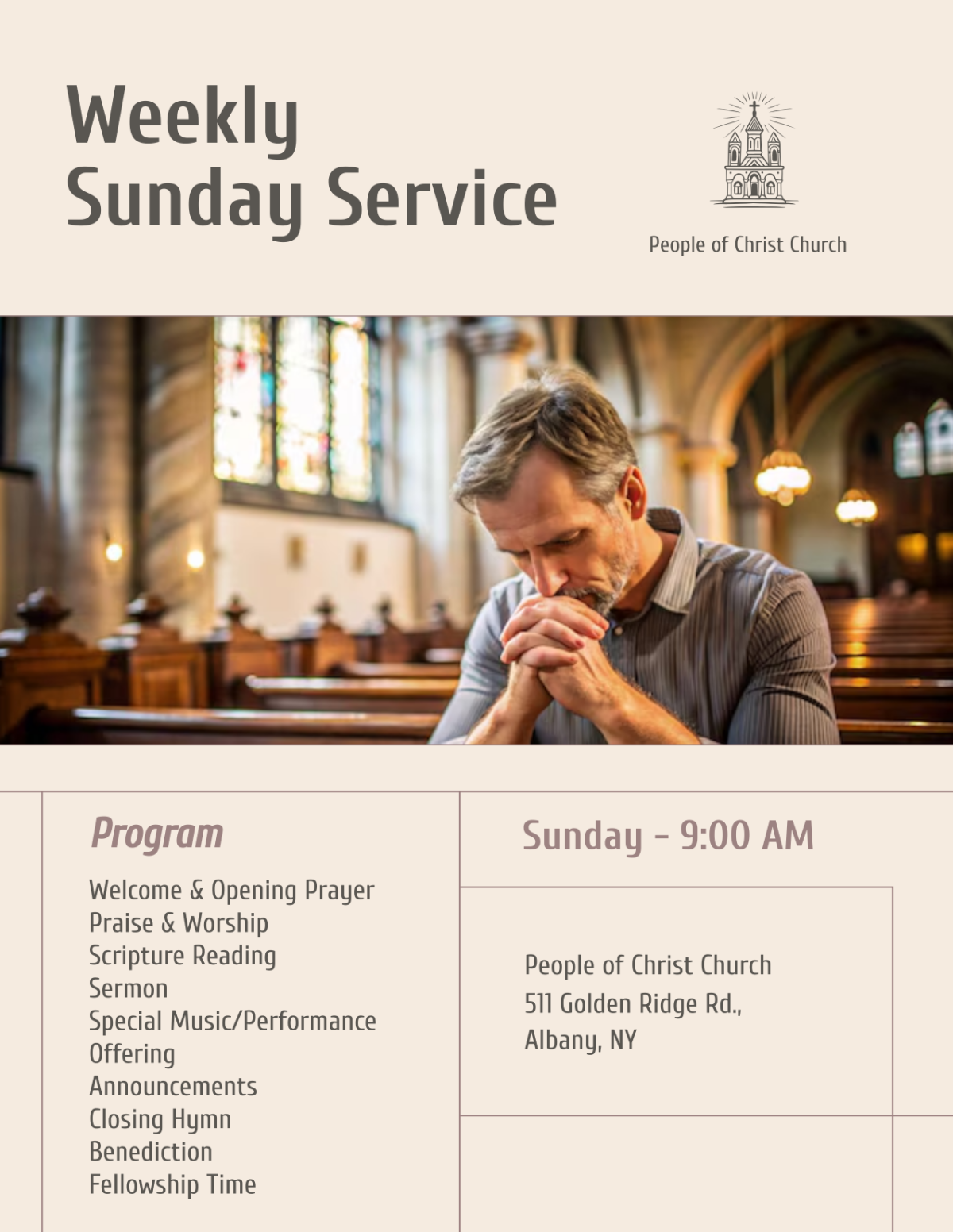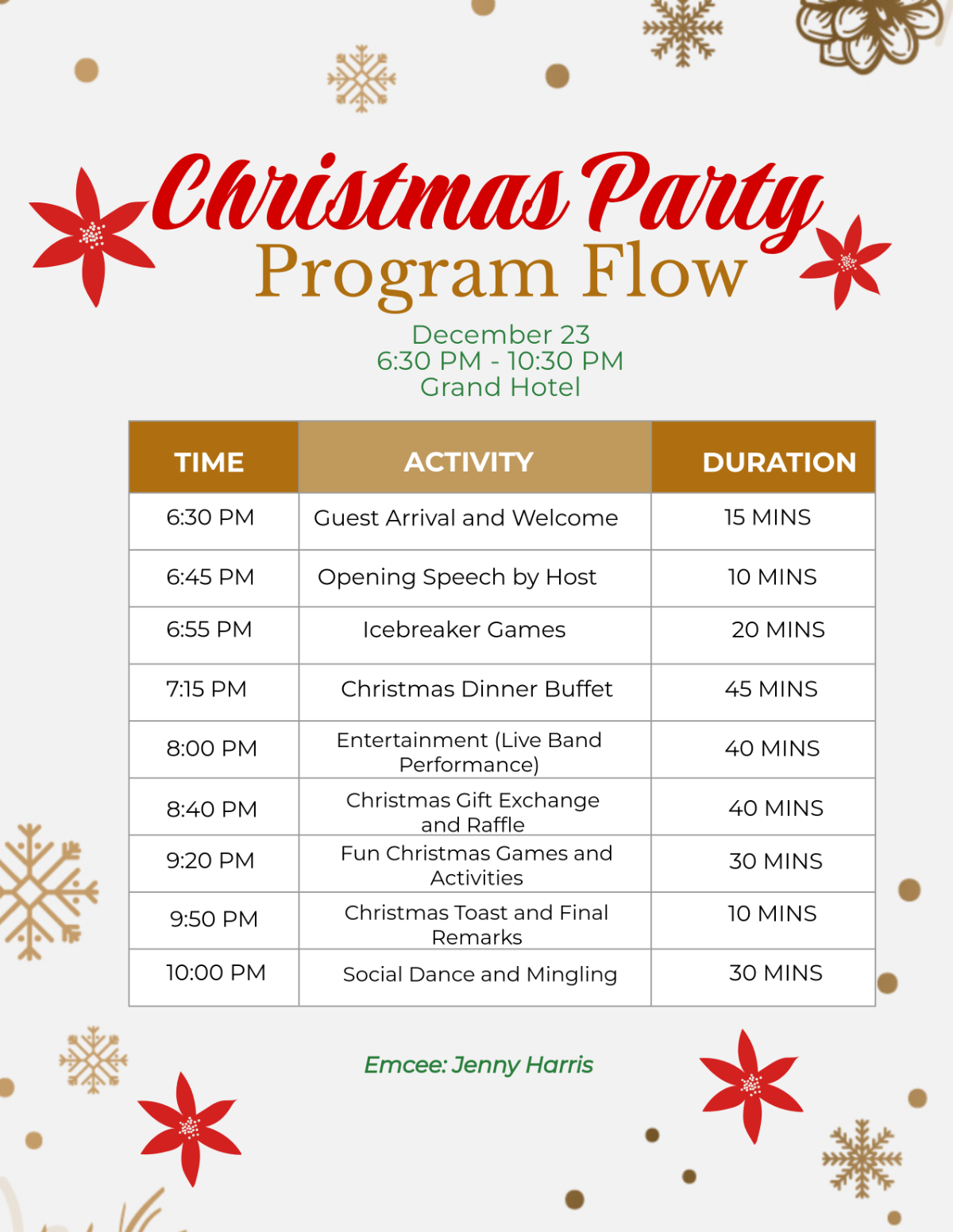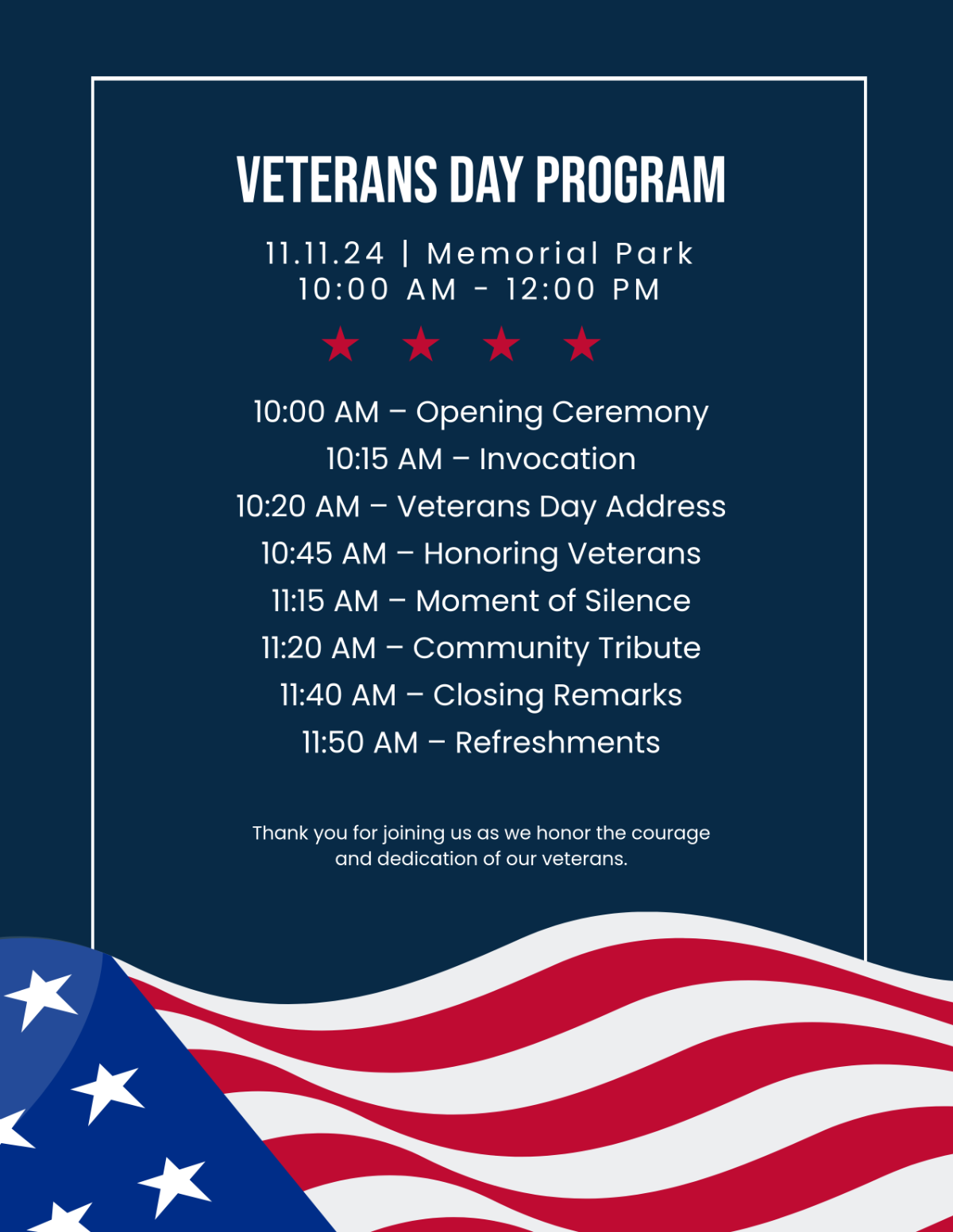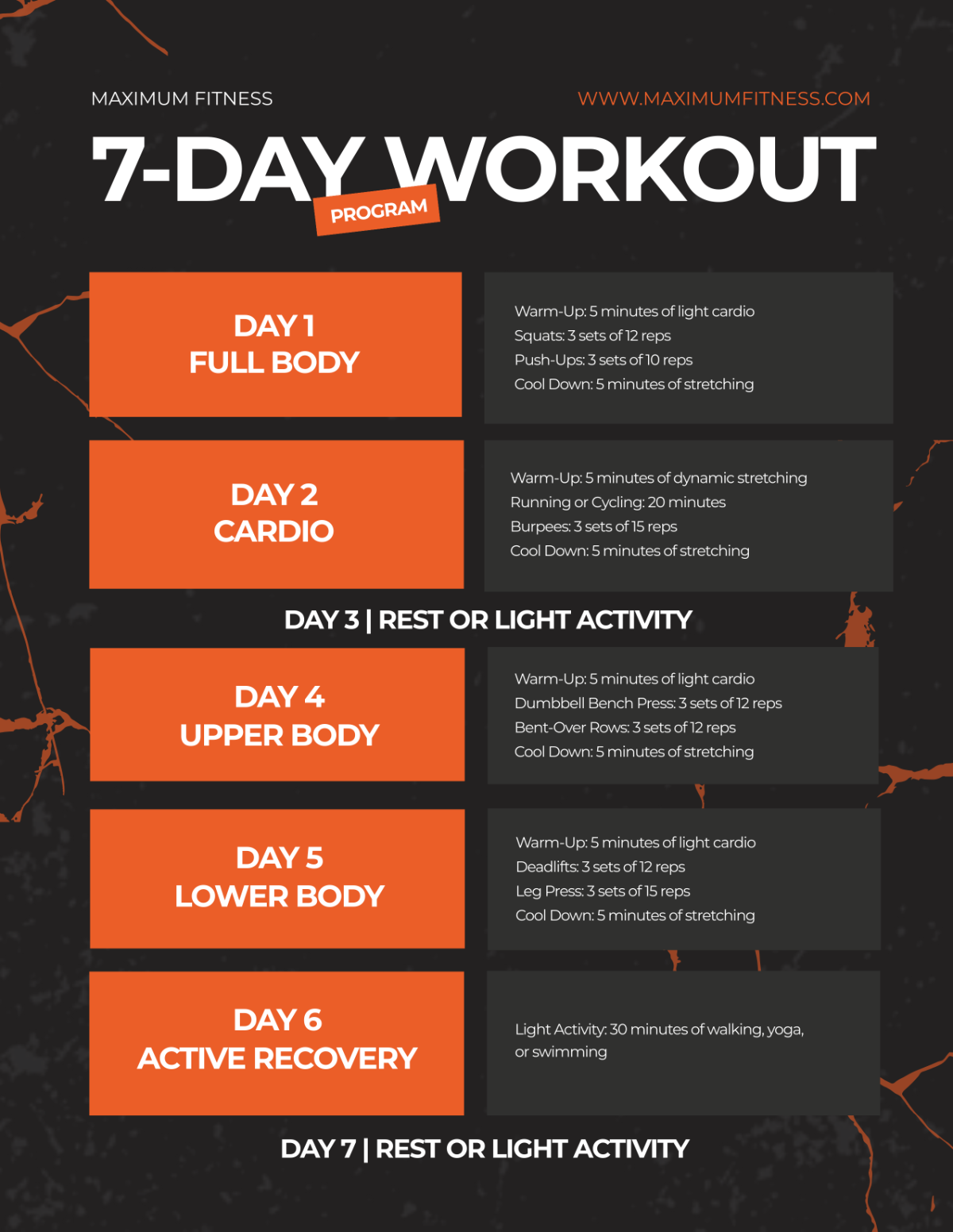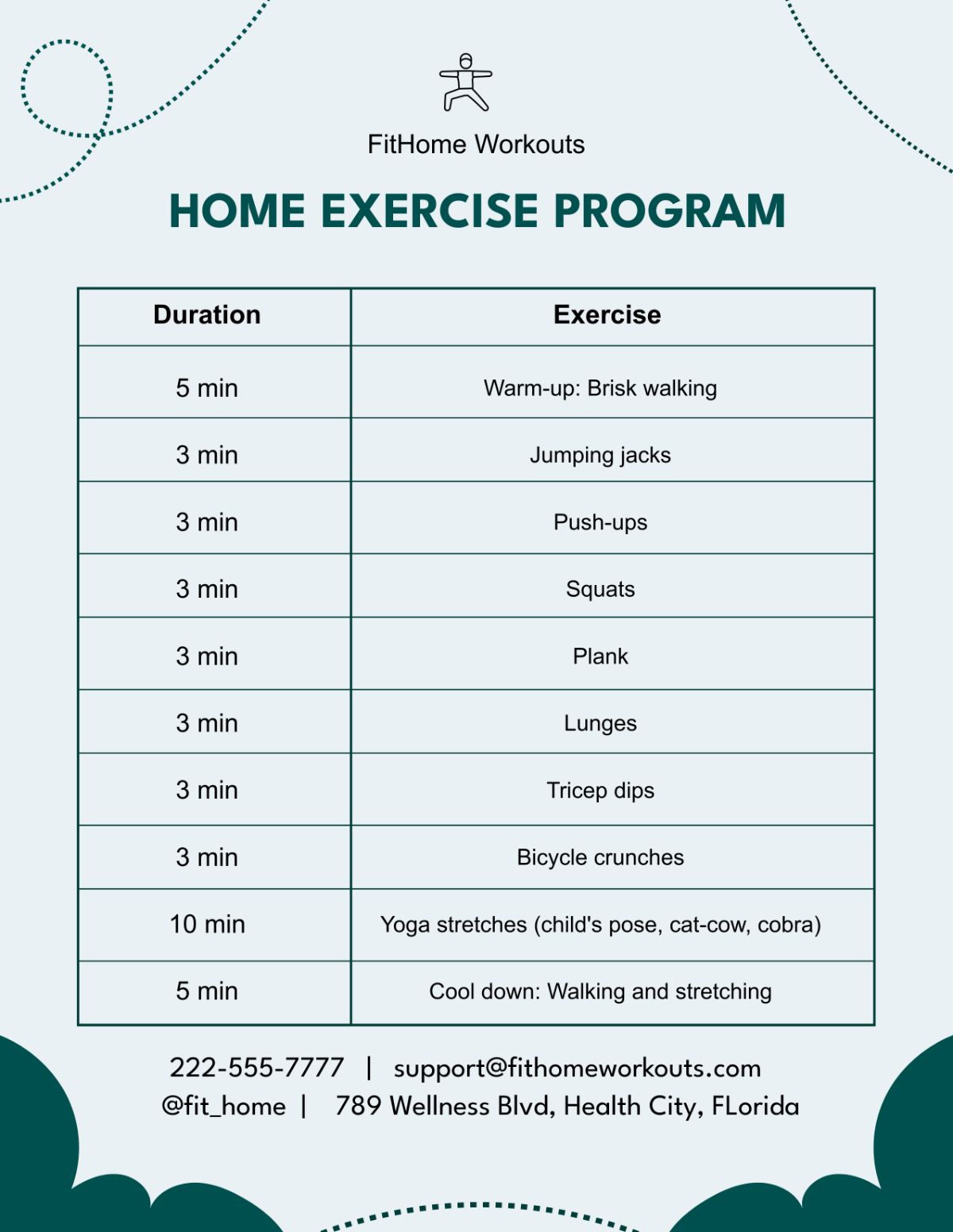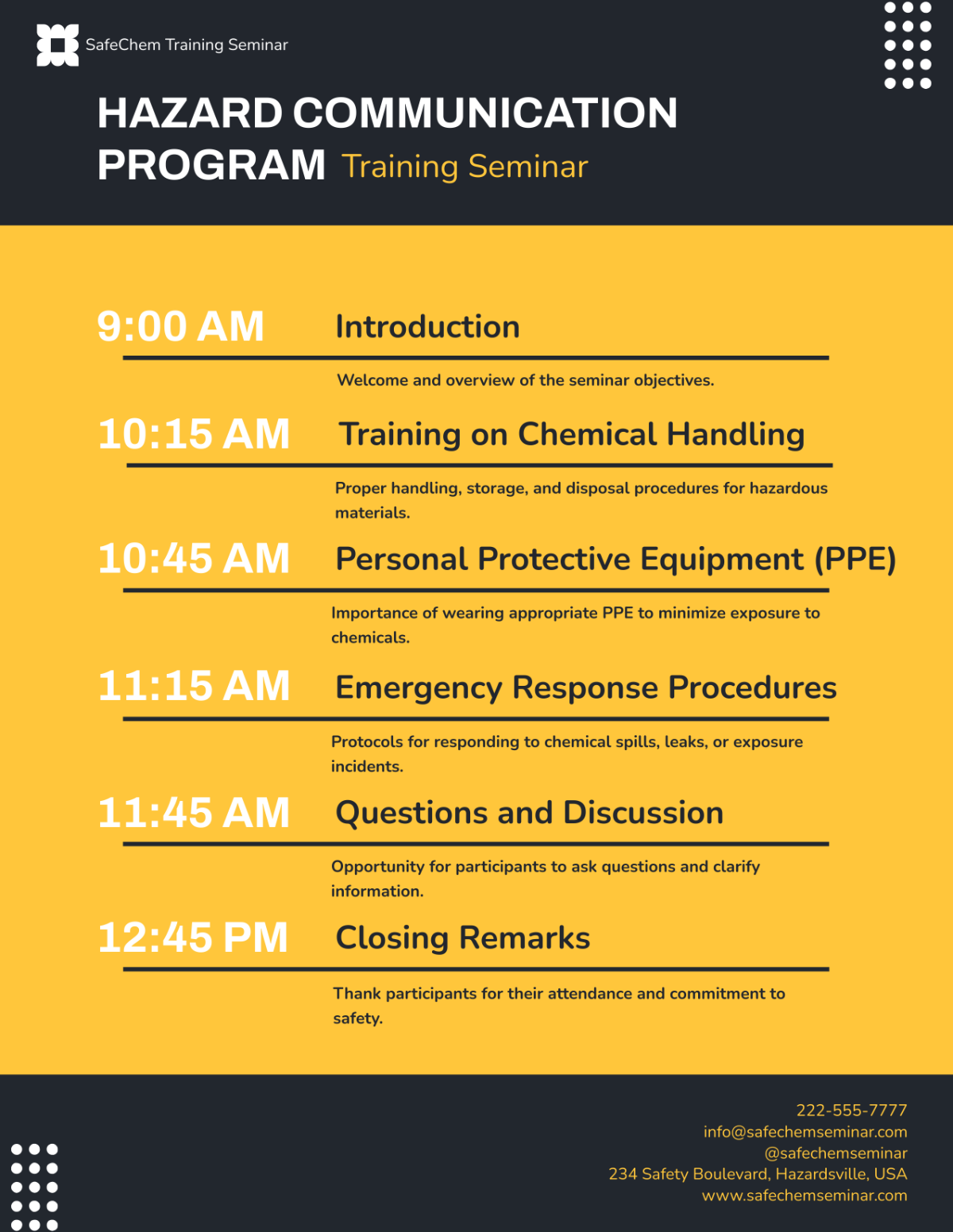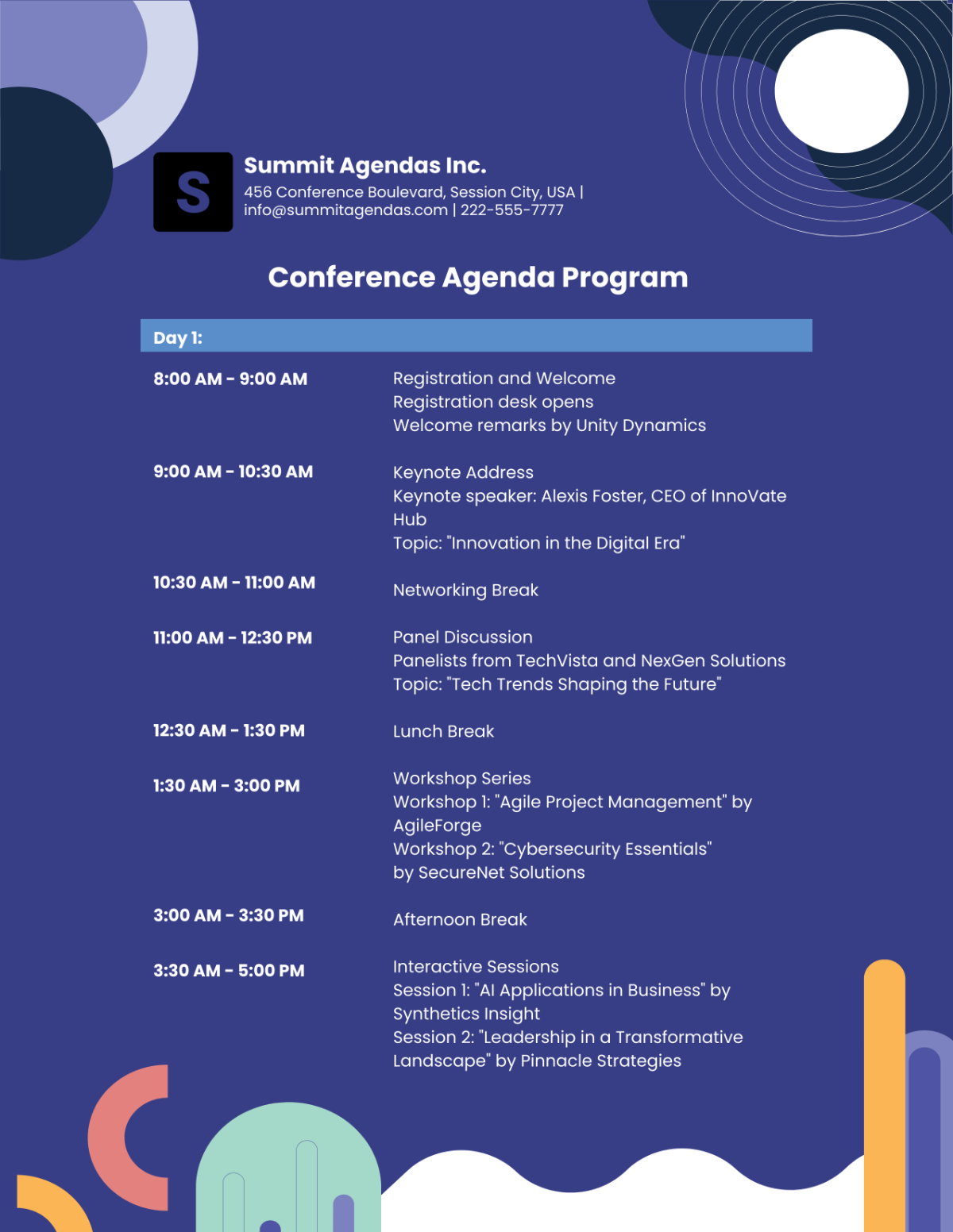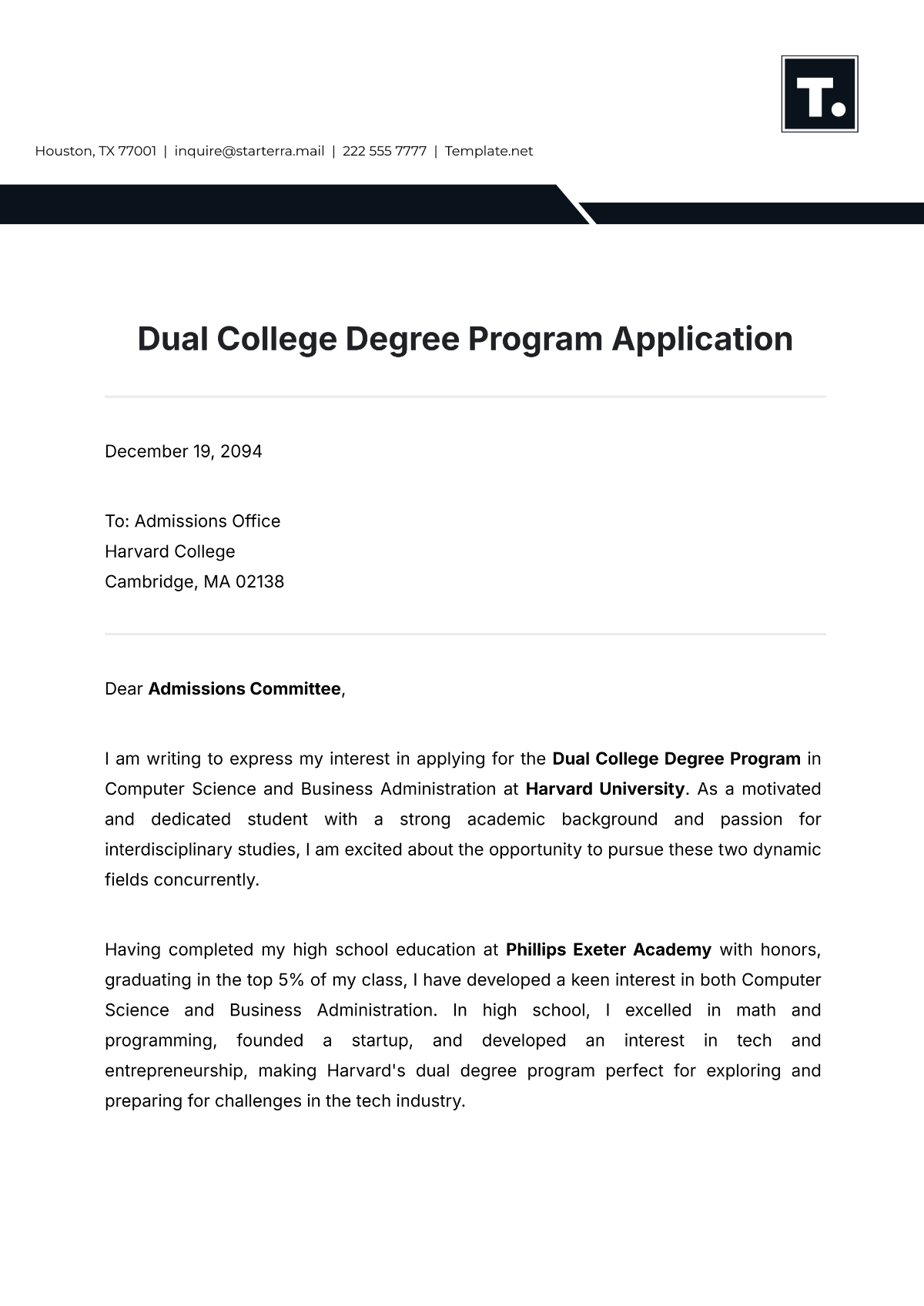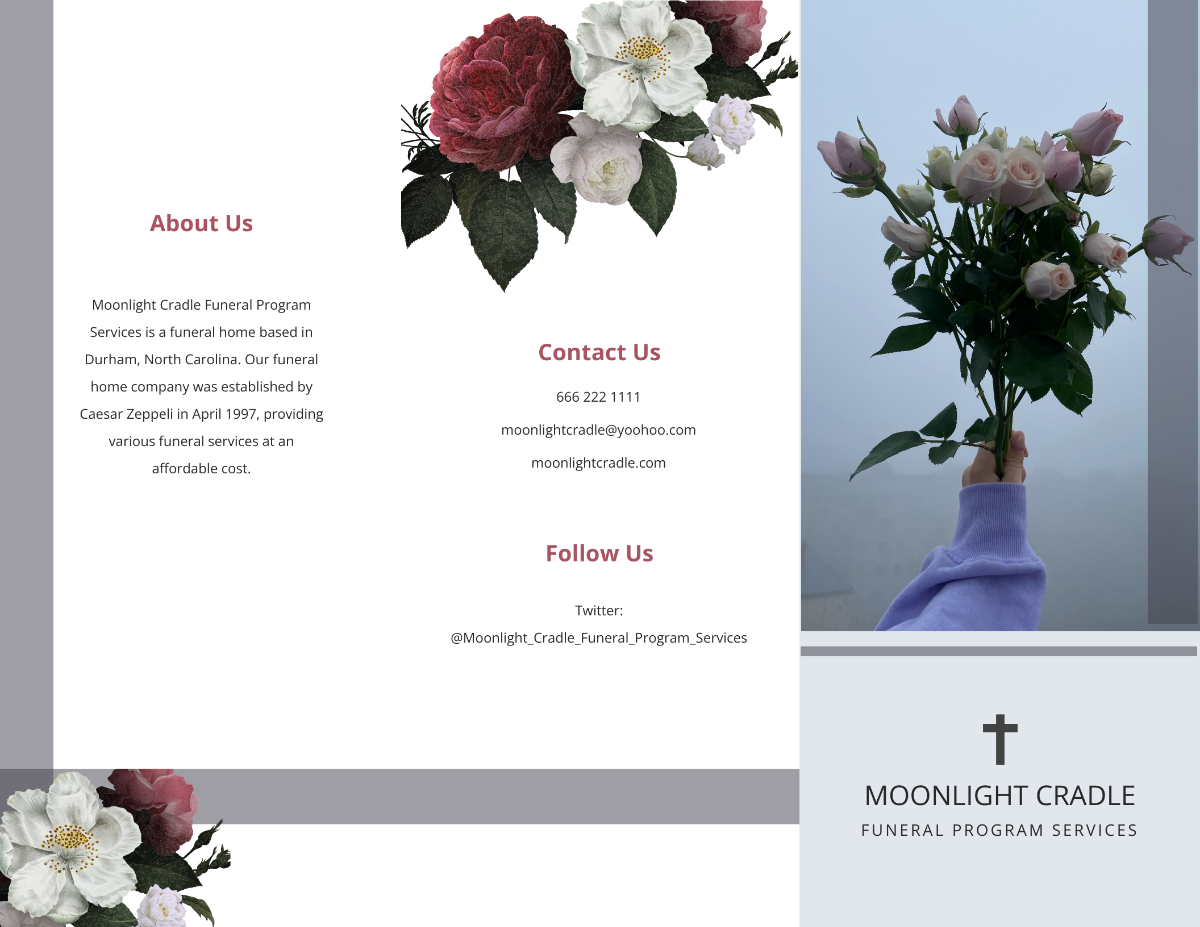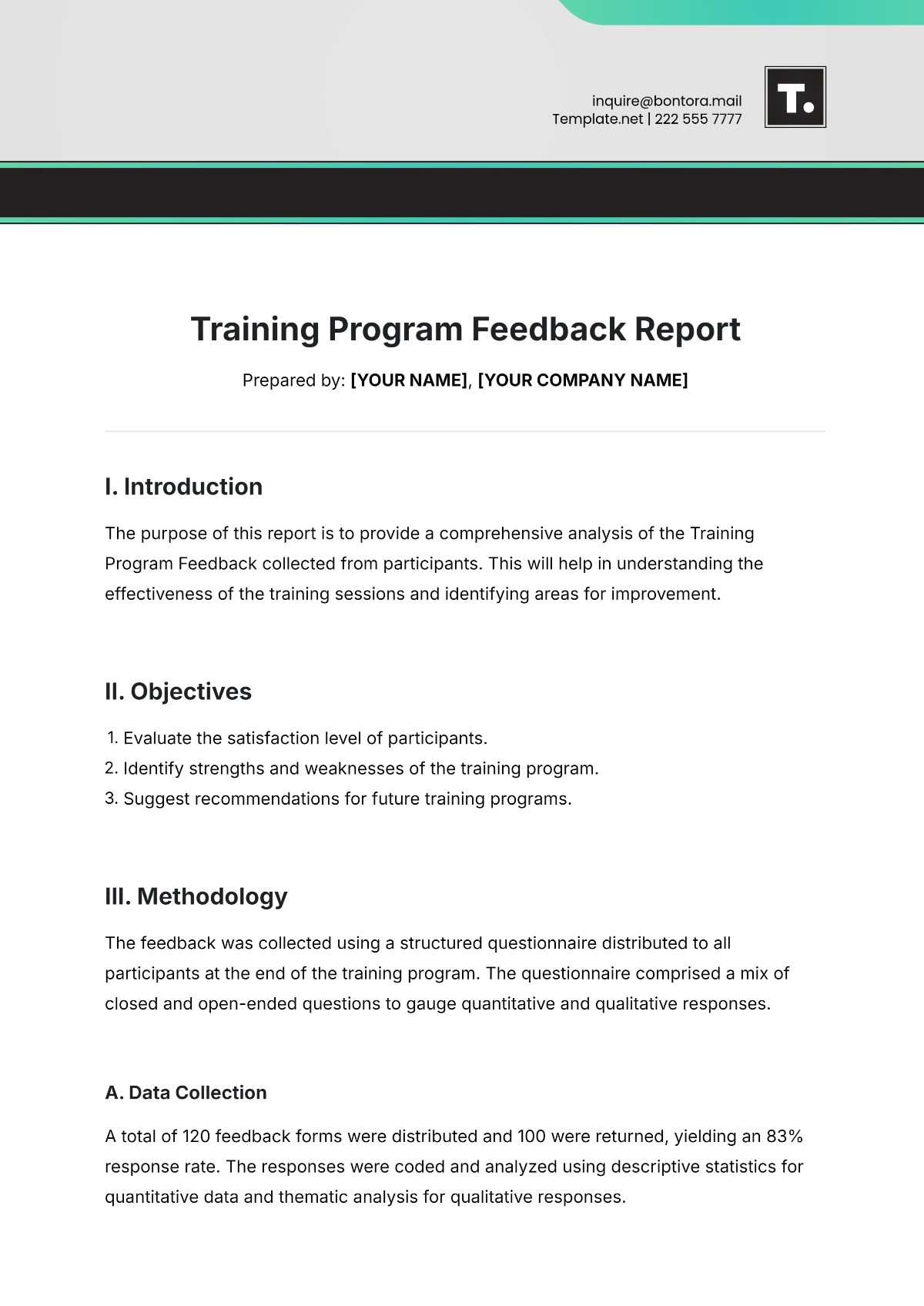Workplace Ergonomics Program Audit Report
I. Executive Summary
A. Overview
The Workplace Ergonomics Program Audit was conducted to assess the effectiveness of [Your Company Name]'s ergonomic initiatives. The audit team comprised experienced ergonomics specialists who conducted on-site evaluations, interviews, and document reviews.
B. Key Findings
Overall compliance with ergonomic regulations is satisfactory.
Management demonstrates commitment, but employee awareness programs need enhancement.
Workstation designs are generally ergonomic, but adjustments are recommended.
Incident reporting mechanisms are in place, but communication can be improved.
C. Recommendations
Strengthen employee awareness programs.
Provide additional training on proper workstation adjustments.
Enhance communication channels for incident reporting.
II. Introduction
A. Background
[Your Company Name] is a leading organization committed to prioritizing the health and well-being of its workforce. With a robust commitment to ergonomic principles, the organization aims to create a work environment that minimizes the risk of musculoskeletal disorders and promotes overall employee satisfaction and productivity.
B. Objectives of the Audit
The comprehensive Workplace Ergonomics Program Audit aimed to achieve the following objectives:
Evaluate the degree of compliance with local, state, and national ergonomic regulations and standards.
Assess the effectiveness of existing ergonomic policies, procedures, and programs.
Identify areas for improvement in workstation design, equipment, and overall ergonomic practices.
III. Methodology
A. Audit Team
The audit team was composed of seasoned ergonomics specialists with extensive experience in workplace assessments and health and safety regulations. Their diverse expertise allowed for a thorough evaluation of the ergonomic landscape within [Your Company Name].
B. Audit Scope
The audit encompassed all departments, workstations, and processes within the organization. The assessment included on-site observations, structured interviews with employees and management, surveys, and a comprehensive review of relevant documentation.
IV. Regulatory Compliance
A. Overview of Applicable Regulations
[Your Company Name] places a paramount emphasis on compliance with ergonomic regulations to ensure the health and safety of its workforce.
Workplace Safety and Health Act
[Your Company Name] has demonstrated full compliance with the Workplace Safety and Health Act, meeting and often exceeding the stipulated ergonomic requirements. The organization's commitment to a safe working environment is evident through robust policies and proactive measures.
Occupational Safety and Health Administration (OSHA) Ergonomics Standards
[Your Company Name] aligns seamlessly with OSHA's Ergonomics Standards, reflecting a dedication to best practices in ergonomic risk management. The comprehensive policies and ongoing training programs underscore the organization's commitment to creating ergonomic workspaces.
Workplace Ergonomics and Injury Prevention Standard
The organization is actively addressing areas of partial compliance, demonstrating a commitment to continuous improvement. As these corrective measures are implemented, [Your Company Name] is expected to achieve full compliance with the Ergonomics Standard.
V. Policy and Program Documentation
A. Review of Ergonomics Policies
Existence of Written Policies: All ergonomic policies are documented in a clear and accessible manner, ensuring alignment with organizational objectives.
Clarity of Policies: Policies are not only present but are also written in a user-friendly language, promoting easy comprehension among employees.
B. Program Documentation
Procedures and Manuals: A set of ergonomic procedures and manuals are available, providing a detailed guide for the implementation of ergonomic practices.
Updates: Regular updates are made to reflect changes in regulations, industry best practices, and organizational needs, ensuring the relevance of the program.
VI. Management and Leadership Involvement
A. Leadership Commitment
The executive leadership team at [Your Company Name] demonstrates unwavering commitment to ergonomic principles through both explicit statements and visible actions. Regular communication from top leadership emphasizes the importance of employee well-being, with specific mention of ergonomic initiatives in official messages, town hall meetings, and internal communications.
B. Management's Role
Support for Ergonomics Practices: The middle management tier actively supports ergonomic practices by allocating resources, time, and manpower to ensure the effective implementation of ergonomic policies and programs. Budget allocations are strategically aligned with ergonomic priorities, emphasizing the organization's dedication to creating a safe and healthy work environment.
Involvement in Decision-Making: Management's involvement in decision-making related to ergonomics is robust. Regular meetings and forums are held where managers collaborate with ergonomics specialists to address concerns and implement improvements. Decisions related to workstation design, equipment procurement, and adjustments are made collectively, ensuring a holistic and collaborative approach to ergonomic decision-making.
C. Leadership and Employee Communication
Regular Updates: The leadership team provides regular updates on the organization's ergonomic initiatives, celebrating achievements and milestones. This consistent communication reinforces the organization's commitment to a culture of safety and well-being.
Recognition of Employee Contributions: The leadership team recognizes and celebrates employees who actively contribute to ergonomic improvements. This recognition serves to motivate employees and highlights the organization's appreciation for their role in creating a safe and ergonomic work environment.
D. Employee Engagement Initiatives
Ergonomics Task Force: [Your Company Name] has established an Ergonomics Task Force consisting of both management and employee representatives. This task force meets regularly to discuss ergonomic concerns, share best practices, and propose recommendations for continuous improvement.
Open-Door Policy: Management maintains an open-door policy, encouraging employees to share their ergonomic concerns directly. Regular feedback sessions are conducted where employees can voice their opinions, ensuring a two-way communication flow between management and the workforce.
VII. Employee Training and Awareness
A. Training Programs
Frequency of Training: Ergonomics training is conducted annually, covering essential principles, best practices, and updates.
Effectiveness: While generally effective, opportunities exist to enhance training programs through interactive sessions, practical demonstrations, and tailored content to specific job roles.
B. Awareness Initiatives
Communication Channels: Communication channels for promoting ergonomic awareness are in place, with regular newsletters, posters, and intranet updates.
Employee Feedback: Mechanisms for employee feedback are established, ensuring a continuous dialogue between employees and the ergonomics program coordinators.
VIII. Workstation Design and Equipment
A. Workstation Ergonomics
Evaluation of Workstations: Workstations are generally ergonomic, with positive feedback from employees. However, minor adjustments may enhance individual comfort and efficiency.
Adjustability of Components: While workstations feature adjustable components, there is an opportunity to provide additional training on proper adjustment techniques to empower employees.
B. Tools and Equipment
Assessment of Tools: Tools and equipment are suitable for tasks, but periodic reviews and updates based on technological advancements are recommended.
Recommendations: Minor recommendations are made for tool adjustments to further align them with ergonomic best practices.
IX. Risk Assessment and Control Measures
A. Hazard Identification
Methods Used: Effective methods, including employee feedback, incident reports, and regular inspections, are in place for identifying ergonomic hazards.
Documentation: Hazard documentation is comprehensive, providing a valuable resource for ongoing risk management and continuous improvement.
B. Control Measures
Effectiveness: Control measures effectively mitigate ergonomic risks, demonstrating the organization's commitment to employee safety.
Implementation of Controls: A balanced approach incorporating both engineering and administrative controls is implemented, contributing to a proactive risk reduction strategy.
X. Injury and Incident Reporting
A. Reporting Mechanisms
Procedures: Procedures for reporting ergonomic-related incidents are in place, promoting a culture of transparency and accountability.
Analysis of Incidents: Incidents are systematically analyzed, but opportunities exist to improve communication channels for timely reporting and feedback.
B. Corrective Actions
Investigation Process: Incidents are investigated thoroughly, and corrective actions are promptly implemented, showcasing a commitment to learning from events.
Preventive Measures: Preventive measures are actively identified and implemented, contributing to a continuous improvement cycle.
XI. Employee Feedback and Involvement
A. Employee Surveys
Feedback: Employee feedback on ergonomic issues is collected regularly through surveys, ensuring a holistic understanding of the workforce's perceptions.
Satisfaction: Overall satisfaction with ergonomic initiatives is positive, with employees recognizing the organization's commitment to their well-being.
B. Participation in Decision-Making
Mechanisms for Involvement: Employees actively participate in ergonomic decisions through regular feedback sessions, focus groups, and involvement in pilot programs.
Suggestions: Employee suggestions are actively sought and considered, fostering a collaborative approach to ergonomic improvements.
XII. Compliance with Recommendations
A. Follow-up on Previous Recommendations
In response to previous audit recommendations, [Your Company Name] has demonstrated commendable diligence. Actions taken are well-documented, showcasing a commitment to continuous improvement. The organization's proactive approach is evident in the effective implementation of ergonomic enhancements, fostering a culture of safety and well-being.
B. Implementation of Recommendations
[Your Company Name] has been highly responsive to prior audit recommendations, translating feedback into tangible improvements. Comprehensive documentation illustrates the organization's dedication to addressing ergonomic concerns promptly. The responsiveness and thoroughness in implementation underscore [Your Company Name]'s commitment to sustaining a safe and ergonomic work environment.
XIII. Monitoring and Evaluation
A. Metrics and Key Performance Indicators
Monitoring Methods: Regular monitoring of ergonomic metrics, including incident rates, training effectiveness, and workstation adjustments, is conducted.
Evaluation Frequency: Evaluations are conducted annually, ensuring that the organization remains adaptive to changing needs and industry standards.
XIV. Recommendations for Improvement
A. Prioritized Recommendations
Enhance Employee Awareness Programs:
a. Increase the frequency of communication channels to reinforce ergonomic principles.
b. Implement interactive sessions and workshops to engage employees actively.
Provide Additional Training on Workstation Adjustments:
a. Develop targeted training programs for specific job roles.
b. Incorporate practical demonstrations and simulations to reinforce learning.
Enhance Communication Channels for Incident Reporting:
a. Implement real-time reporting mechanisms for ergonomic concerns.
b. Improve feedback loops to communicate resolution and preventive measures to employees promptly.
XV. Conclusion
The audit has unveiled a positive ergonomic culture at [Your Company Name], underscored by strong leadership commitment, effective hazard control measures, and a responsive approach to incident management. While commendable, the organization is poised to achieve even greater heights by addressing identified opportunities for improvement.
As [Your Company Name] continues its journey towards excellence in ergonomic practices, the audit team encourages sustained commitment to the well-being of its workforce. The recommendations outlined in this report, when implemented, will undoubtedly contribute to a workplace that not only complies with regulations but also fosters a culture of continuous improvement and employee-centric innovation.



